I need help verifying an algebraic expression using K-Map.
The expression I'm posting was actually done by my professor, but for practice purpose I wanted to use the K-Map to verify that the answer is correct.
-> X • Y + X' • Y • Z' + Y • Z =
-> X • Y •(Z + Z') + X' • Y • Z' + Y • Z =
-> X•Y•Z + X•Y•Z' + X'•Y•Z' + Y• Z =
-> X•Y•Z + Y•Z' • (X + X') + Y•Z =
-> X•Y•Z + Y•Z' + Y•Z =
-> X•Y•Z + Y•(Z' + Z) =
-> X•Y•Z + Y=
-> Y•(X•Z + 1)= Y
When I tried my K-Map solution to prove the answer is correct, I came up with this

YZ' + X'Y
I'm not sure if my answer is correct or not. If it's not, I need someone to show me how to make it correct, so that it matches the solution I've posted. I appreciate the help.

